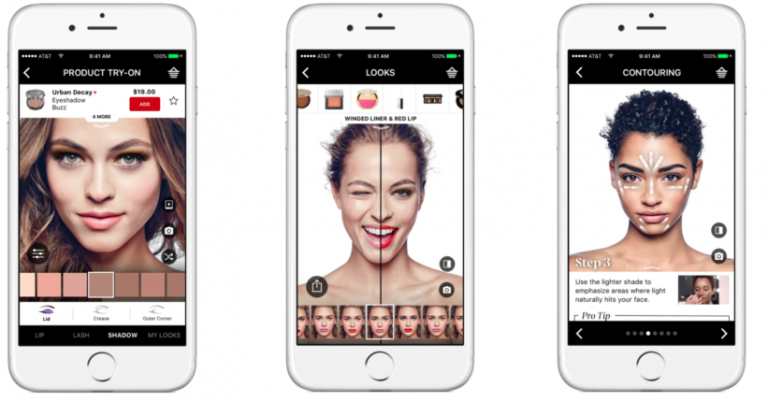What makes a retailers’ mobile app great? That question has been asked by countless marketers (and by, um, us) over the years. Forrester Research tackled it in a new report that retailers’ mobile apps, and where they excel and miss the mark.
Mobile commerce is perpetually on the rise. During Cyber Monday, smartphone sales accounted for $2.1 billion, a 48.1% growth year-over-year. And according to eMarketer, more than 90% of our time on smartphones is spent in-app.
Here’s the catch: We’re also highly selective about the mobile apps we use. App downloads keep increasing, but users’ interest disappears as quickly as a Snap. In 2017, App Annie found that the average smartphone owner only uses 30 per month and nine per day.
When Apple revealed the most popular apps of 2018, Amazon was the only retailer on the list, which was dominated by social media and entertainment. In order to command consumers’ attention, retailers have to make sure their apps are top notch. To determine what that means, Forrester identified nine enterprise retailers and conducted unmoderated usability testing around their apps with 196 online shoppers. The market research company then combined that data with its own reviews and analysis based on 52 different criterion. Here are three takeaways:
1. The best retail mobile apps consider context
Considering the impact smartphones have on sales in brick-and-mortar stores — they’ll influence nearly one-third this year, according to a separate Forrester report — so they should also complement the in-store experience.
The Home Depot scored highest, factoring in both functionality and user experience. Features include visual item mapping data, inventory availability, top-notch sorting and filtering capabilities, and augmented reality (AR) and 360-degree views on select product pages. More than anything, The Home Depot’s app caters to the shopper who’s physically in their store, as does Walmart with detailed store maps. Consider the size of both of those stores; the average Walmart is bigger than a city block.
2. Who downloads a retailers’ app? The most loyal customers
Another takeaway is that the customers who download an app are generally the most loyal. Sephora, which edged out The Home Depot in the user experience category, considers those people with its app.
Sephora’s app fosters a sense of community, between the “look” section with user-generated content and the ability to chat with other customers. There’s also AR try-on to see how products look on you, as well an option to upload a selfie for custom beauty advice.
3. Special features should facilitate frictionless transactions
At the same time, Sephora’s app placed second in functionality for a reason. The easy-to-navigate search results and simple, two-step checkout process facilitate seamless transactions.
This is an area where Target excels as well. The retailer’s app has an omnipresent search bar, predictive text and strong search capabilities. Those features are all designed to work together to streamline transactions. Predictive search helps users find the right category, while filtering has both product detail and contextual options. For example, Target offers shipping preference as a filter for those shoppers for whom shipping fees, one of the most common causes of cart abandonment, are a dealbreaker.
On the other end of the spectrum, Macy’s was the only retailer whose app allows consumers to scan products and then buy them in-app. However, that feature is style over substance; in many cases, people have to pick up that item at a designated area in the store, even though they’re holding it.
Conclusion
The biggest thing the top-performing apps have in common: They belong to retailers that are experiencing double-digit online sales growth. The Home Depot attributes its growth to a frictionless experience that balances on- and offline shopping; 47% of online orders are picked up in-store . Earlier this month, Target announced its Q4 earnings from last year: ecommerce grew by 31%.
According to Forrester, treating an app as a glorified mobile website can result in “missed sales and revenue because useful and contextual customer engagement is missing.” The retailers with the strongest apps understand that, and offer something the websites don’t, while factoring in who’s using them and why.


